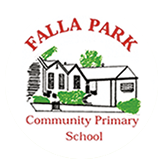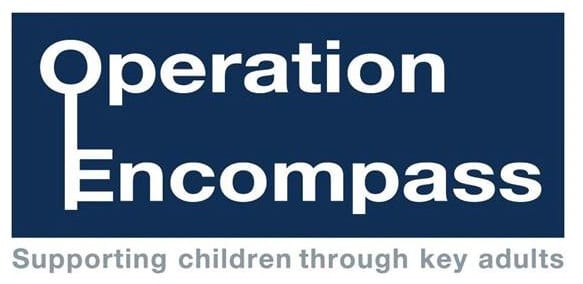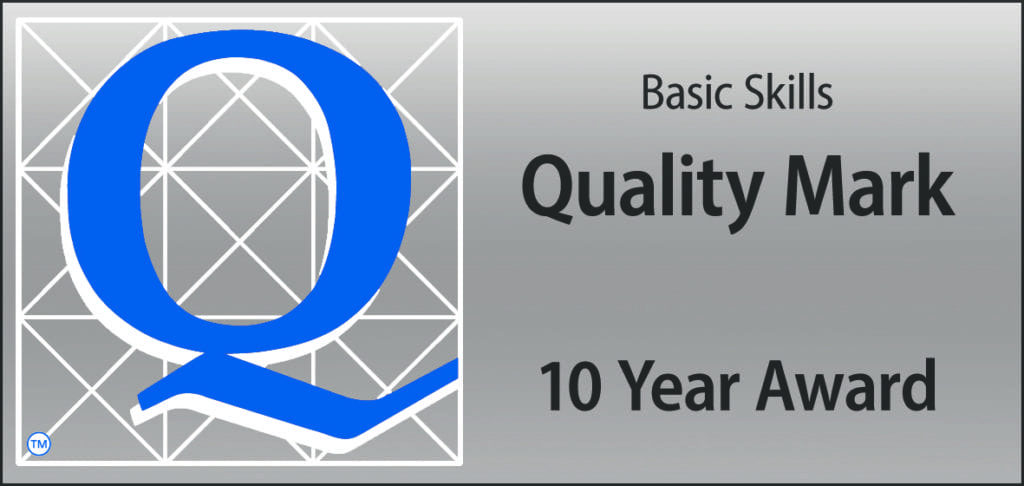Art and Design
Intent
Our aim is to inspire a love for art and equip children with the essential skills to express their ideas and emotions visually. We aim to nurture the creativity of every child, in an environment where they can express their artistic voice. Each art unit encourages children to discover their own ideas and style, focusing on the ‘journey’ rather than just the finished piece. We expect children’s art-journey sketchbooks to be filled with colours, patterns, design experiments and inspiration from artists they have discovered. Just like our children, no two sketchbooks will look the same, and neither will their finished pieces. Through learning about the work of artists from the past, present day and a variety of cultures, children are exposed to a wealth of approaches and ideas, encouraging them to find their own style while appreciate others’.
Implementation
Access Art Scheme Integration: Aligned with the National Curriculum for Art, we use the Access Art scheme to provide a progressive learning journey for every child, through: exploring surface and colour, drawing, and 3D design. We follow a spiral curriculum, allowing children to revisit these three key areas each year, building on their existing creativity and developing their knowledge and practical skills. The scheme is a foundation for planning and delivering engaging art lessons, providing a structured framework and offering a wealth of resources, projects, and techniques that cater to the developmental needs of each child.
Sequenced Progression: Each year group follows a carefully sequenced curriculum that revisits and builds upon paint, surface and colour; drawing and using art-journey books; and working in three dimensions. Lessons provide cultural and historical knowledge of movements and artists. Using knowledge organisers for each topic, children become familiar with topic-specific vocabulary and background information.
Inclusive Learning: We celebrate diversity and inclusion in our art curriculum. Lessons are tailored to accommodate different needs, ensuring that every child can actively participate and reach their potential in art. Through thoughtful questioning and formative assessment, teachers support pupils in refining their skills and deepening their understanding of art concepts.
Progressive Skill Development: Each year group builds on the knowledge and experiences gained in the previous years, ensuring progression in paint, surface and texture; drawing and using art-journey books; and working in three dimensions. This spiral approach allows children to deepen their understanding and mastery of artistic concepts. Every unit introduces children to artists who use different styles, media and techniques, showing them that we can express ideas in our own unique way.
Cross-Curricular Connections: We believe children develop their skills when they use them in different situations. Our art curriculum often integrates with other subjects, such as history and geography, providing children with opportunities to apply their artistic skills in diverse contexts, reinforcing their understanding of various topics. For example, pupils may create artwork inspired by a period in history, landscapes in geography, or a book the class is studying. This approach fosters a holistic understanding of the interconnectedness of learning and promotes creativity across the curriculum.
Impact
Pupil Engagement and Attainment: Throughout an art topic, children record their ideas and thoughts in their art-journey books. Art-journey books stay with children throughout their time at Falla Park, so the development of their knowledge and skills can be seen right through to Year 6. Children show an understanding of the cultural and historical contexts of art, and learn to discuss and analyse artworks, which is evident from conversations in lesson time and Pupil Voice discussions regularly held by the art subject leader. Assessment in art is handled sensitively with the aim of nurturing creativity. Children ‘celebrate’ the end of each topic by creating mini art galleries of their work and sharing their process and finished piece with their peers. Children are taught to reflect on the challenges they faced and the skills they have developed, and to discuss the work of their peers with respect. Teachers assess technical skills during each unit, to ensure support is provided where needed.
Personal Development and Wellbeing: Participation in art activities develops resilience, creativity, and self-expression in our children. Through the process of creating art, children develop problem-solving skills, build confidence in their abilities, and gain a sense of achievement. Furthermore, art provides a means for children to express themselves and reflect on their emotions, contributing to their overall wellbeing and mental health.
Cultural Awareness and Social Cohesion: Our art curriculum promotes an appreciation of diverse cultures and traditions, fostering empathy and respect for others. Children become aware of the richness of art from around the world and recognise the contributions of artists from different backgrounds. This inclusive approach to art education promotes social cohesion and supports children to become open-minded citizens.









